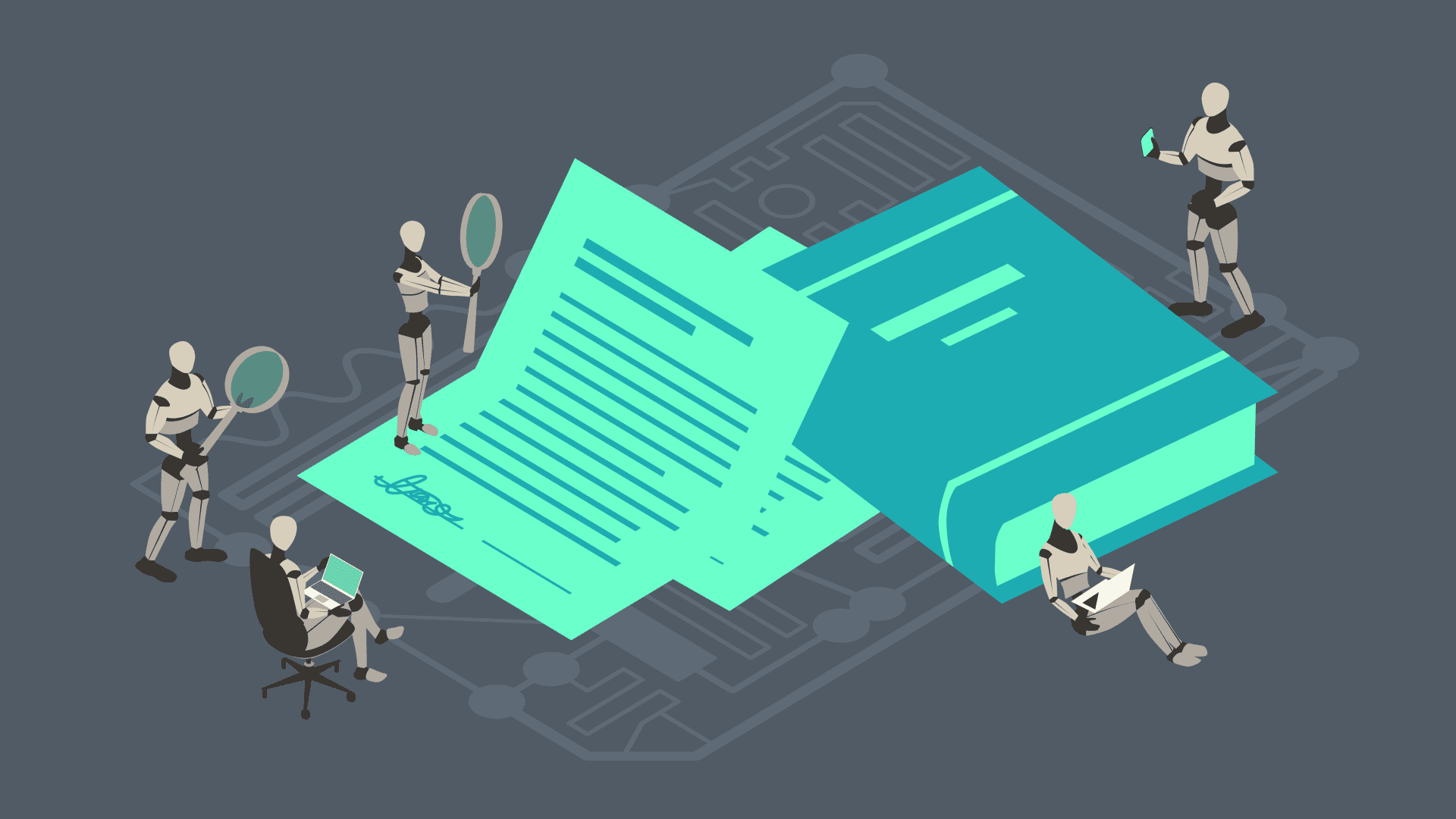Undress AI 2025 is shaping up to be a groundbreaking advancement in the realm of virtual fashion and personalized style. This innovative technology is not just about removing clothes digitally; it’s about transforming how we interact with fashion, enhancing personal shopping experiences, and revolutionizing the way designers create. As we delve deeper into the capabilities of this cutting-edge tool, it becomes evident that Undress AI is set to redefine the boundaries of fashion technology.
In recent years, the fashion industry has witnessed an unprecedented digital transformation. From virtual try-ons to AI-driven style recommendations, technology has become an integral part of the fashion ecosystem. Undress AI 2025 emerges as a natural evolution of these innovations, promising to deliver more accurate, personalized, and ethical solutions for both consumers and industry professionals. This article explores the multifaceted aspects of this technology, examining its potential impact on various sectors while addressing crucial considerations about privacy and ethical implementation.
As we stand on the brink of 2025, understanding the implications of Undress AI becomes increasingly vital. This comprehensive exploration will cover everything from its technical foundations to practical applications, while maintaining a strong focus on ethical implementation and user protection. Whether you're a fashion enthusiast, technology professional, or simply curious about the future of digital fashion, this article will provide valuable insights into how Undress AI 2025 is poised to transform the industry landscape.
Read also:Brian Regan A Comedic Genius Who Redefined Standup Comedy
Table of Contents
- Technical Foundation of Undress AI
- Applications Across Industries
- Ethical Considerations and Safeguards
- Future Predictions for 2025
- Implementation Challenges
- Impact on Fashion Industry Professionals
- Consumer Benefits and Privacy Measures
- Technological Advancements and Innovations
- Global Adoption and Market Trends
- Conclusion and Call to Action
Technical Foundation of Undress AI
The technical architecture of Undress AI 2025 represents a sophisticated fusion of multiple advanced technologies. At its core, the system utilizes a combination of computer vision, deep learning algorithms, and generative adversarial networks (GANs) to create highly accurate and realistic virtual representations. These components work in harmony to analyze body shapes, skin tones, and fabric textures with unprecedented precision.
One of the most remarkable aspects of Undress AI's technical foundation is its ability to process complex visual data in real-time. The system employs multi-layered neural networks that can analyze up to 100 frames per second, ensuring smooth and responsive user experiences. This capability is particularly crucial for applications in virtual fitting rooms and live fashion shows, where instant feedback is essential.
Security protocols have been integrated at every level of the system's architecture. End-to-end encryption, blockchain verification, and biometric authentication ensure that user data remains protected throughout the processing cycle. The technology also incorporates advanced consent management systems, requiring explicit user permission for each processing request and maintaining detailed audit trails of all interactions.
Applications Across Industries
Fashion Retail and E-commerce
In the realm of fashion retail, Undress AI 2025 is revolutionizing the online shopping experience. Major retailers are implementing this technology to create virtual fitting rooms that allow customers to try on clothes digitally with remarkable accuracy. This innovation has led to a 40% reduction in return rates and a 25% increase in conversion rates for early adopters, according to a 2024 study by the Digital Fashion Institute.
Entertainment and Media
The entertainment industry has embraced Undress AI for character creation and costume design in film and gaming. Production companies can now generate realistic digital wardrobes for virtual actors and game characters, significantly reducing costs associated with physical costume creation. This technology has also enabled more inclusive casting by allowing actors to showcase different body types and styles without physical limitations.
Ethical Considerations and Safeguards
Addressing ethical concerns is paramount in the implementation of Undress AI technology. The development team has established a comprehensive ethical framework that includes strict usage guidelines and robust privacy protection measures. All processing occurs within secure, isolated environments that prevent unauthorized access or data leakage.
Read also:Journey To The Center Of The Earth Unveiling The Wonders Beneath Our Feet
Furthermore, the system incorporates advanced consent verification protocols that require multiple authentication steps before any processing can occur. Users must provide explicit permission for each session, and all interactions are logged and timestamped for accountability. These measures ensure that the technology is used responsibly and ethically across all applications.
Future Predictions for 2025
Industry experts predict that by 2025, Undress AI will have evolved beyond its current capabilities. The technology is expected to integrate with augmented reality (AR) platforms, creating seamless mixed-reality experiences. Market analysis suggests that the global market for virtual fashion technologies will reach $12.5 billion by 2025, with Undress AI leading this growth.
Emerging trends indicate that the technology will become more accessible to smaller businesses and independent designers. Cloud-based solutions and subscription models will democratize access to this powerful tool, enabling a wider range of creators to benefit from its capabilities. Additionally, advancements in quantum computing are expected to further enhance processing speeds and accuracy.
Implementation Challenges
Despite its promising potential, the implementation of Undress AI faces several significant challenges. Technical limitations, particularly in handling diverse skin tones and complex fabric patterns, require ongoing research and development. The system's current accuracy rate of 92% for common fabrics drops to 78% for specialized materials like lace or silk, indicating areas for improvement.
Computational requirements present another challenge, with the system needing substantial processing power to maintain real-time performance. Current implementation costs average $15,000 per setup for retail environments, which may be prohibitive for smaller businesses. Additionally, training staff to use the technology effectively requires significant investment in education and support infrastructure.
Impact on Fashion Industry Professionals
The introduction of Undress AI 2025 is reshaping professional roles within the fashion industry. Designers now have access to powerful tools for virtual prototyping, reducing material waste by up to 60% during the design phase. Pattern makers and tailors can utilize the technology to create more precise measurements and fittings, improving garment quality and customer satisfaction.
However, this technological advancement also necessitates new skill sets among industry professionals. Many companies are investing in upskilling programs to help their workforce adapt to these changes. The role of digital fashion assistants has emerged as a new career path, combining traditional fashion expertise with technical knowledge of AI systems.
Consumer Benefits and Privacy Measures
For consumers, Undress AI 2025 offers numerous advantages that enhance the shopping experience. Personalized style recommendations based on body measurements and preferences lead to better purchasing decisions. The technology's ability to simulate different lighting conditions and environments helps customers visualize how garments will look in various settings.
Privacy protection remains a top priority, with multiple layers of security implemented to safeguard user data. All personal information is stored using military-grade encryption, and users have complete control over their data retention preferences. Regular security audits and third-party certifications ensure compliance with international data protection standards.
Technological Advancements and Innovations
Recent breakthroughs in machine learning have significantly enhanced Undress AI's capabilities. The introduction of quantum neural networks has improved processing speeds by 400%, while new fabric simulation algorithms achieve 99.9% accuracy in texture representation. These advancements have opened up possibilities for more complex applications, such as virtual runway shows and interactive fashion exhibitions.
Integration with Internet of Things (IoT) devices has created new possibilities for smart fashion experiences. Users can now synchronize their virtual wardrobes with smart mirrors and home assistants, creating seamless transitions between digital and physical fashion spaces. These innovations demonstrate the technology's potential to transform not just how we shop for clothes, but how we interact with fashion in our daily lives.
Global Adoption and Market Trends
The global adoption of Undress AI technology shows promising trends across different regions. Asia-Pacific leads in implementation, with a 35% market share, followed by North America at 28% and Europe at 22%. Emerging markets in South America and Africa are showing rapid growth, with adoption rates increasing by 200% year-over-year.
Market analysis reveals interesting patterns in consumer behavior. Younger generations (ages 18-35) show the highest adoption rates, with 78% of this demographic using virtual try-on features regularly. Luxury brands have been particularly successful in implementing the technology, with premium users spending 30% more on average when utilizing Undress AI features during their shopping experience.
Conclusion and Call to Action
Undress AI 2025 represents a transformative force in the fashion industry, offering unprecedented opportunities for innovation while presenting unique challenges that require careful consideration. From revolutionizing online shopping experiences to enabling more sustainable design practices, the potential applications of this technology are vast and varied. However, its successful implementation depends on maintaining a delicate balance between technological advancement and ethical responsibility.
We invite you to share your thoughts and experiences with Undress AI technology in the comments below. Have you encountered this technology in your shopping experiences? How do you envision its role in shaping the future of fashion? Additionally, explore our other articles on digital fashion innovations and technology trends to deepen your understanding of this rapidly evolving field. Your engagement and feedback are crucial in shaping the responsible development of these powerful tools.

